What are Sand Fleas? What Do Sand Fleas Look Like? SandFleas with the scientific name “Emerita” are also called different names in different countries and regions, such as sand hoppers, sand bugs, sand crabs, a beach flea, mole crabs, or fleas in the Sand. This Ocean Sand Flea is different from another kind of sand fleas called Tunga penetrans (chigoe flea/ jigger) that can cause a parasite.
Beaches and oceans worldwide are associated with different kinds of organisms that have caused nuisances in one way or the others to people that came to have fun. Many attributed different biting and stinging experiences on beaches to a result of their contact with Fleas In Sand.
The article is all about what sand fleas are, what sand fleas look like, facts about sand fleas, the life cycle of sand fleas, and everything you need to know about the actual fleas In sand that you may encounter while you are having fun on beaches or ocean side.
Please read on.
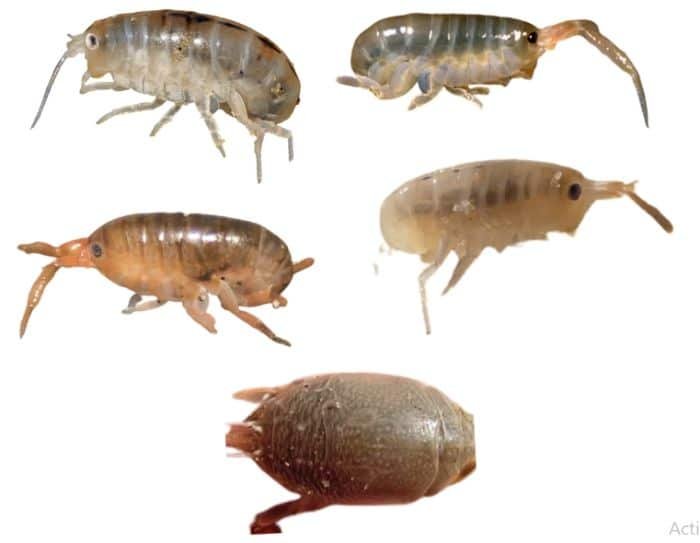
Related Articles
- How to Catch and Use Sand Fleas (Mole Crab) for Baiting Fish
- What Sand Flea/Chigoe/Jigger Bites Look Like. See Symptoms, Prevention, and Treatment of Tungiasis Disease
- Flea Bites on Humans – What Flea bites on Humans Symptoms Look Like?
- Flea Bites on Dogs – What Flea Bites on Dogs Look Like (Symptoms)
- Flea Bites On Cats: What Flea Bites Symptoms Look Like on Cats?
Beach Items, Tools, And Equipment for Fishing and Fun
***Beach and Outdoor Camping Mat***
CGEAR – Sand-Free Outdoor Camping Mat (Patented Technology, Military-Grade Construction & Many Features)
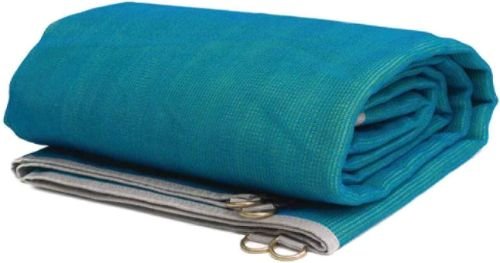
The Patented Beach Mat By Sandlite that Prevent Ocean Sand Fleas
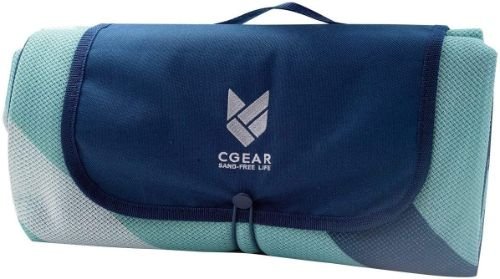
***Best Amazon Fishing Bait***
TRUSCEND Fishing Lures Kit
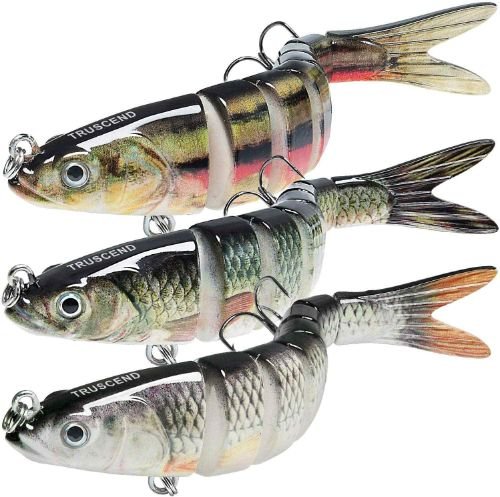
LUCKYMEOW Trout Bass Sinking Baits Kit
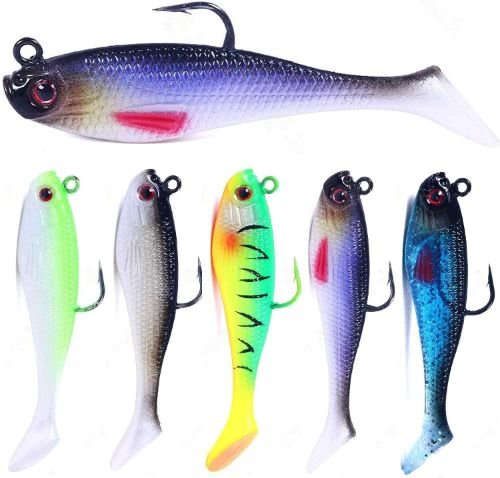
***Beach Cleaning Tools***
LOSTRONAUT Ocean Sand Flea Rake
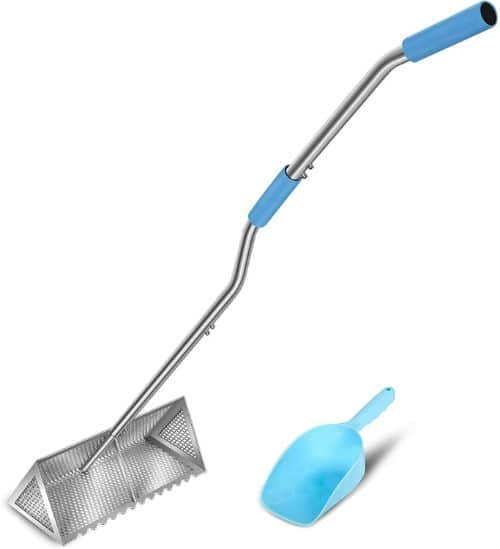
Hazlewolke Professional Metal Detector for Adults, (Foldable High Sensitivity)
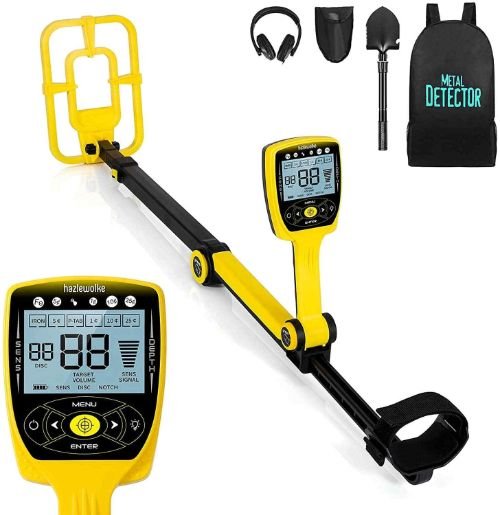
Pro Hand Held Ocean Sand Fleas Scoop
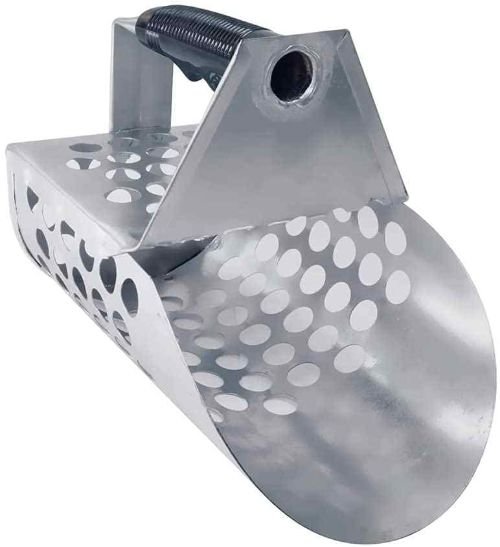
Pool Hand Leaf Skimmer Net
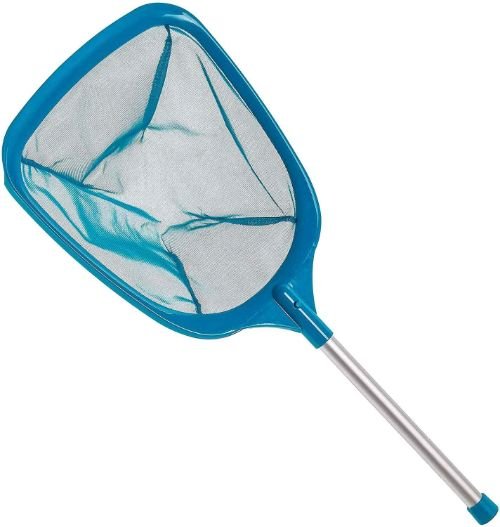
***Best Fishing Hook for Ocean Sand Fleas***
Ned Rig Mushroom Head Jig Kits

Reaction Tackle Tungsten Mushroom Head Ned Rig Shroom Jig (5-Pack)
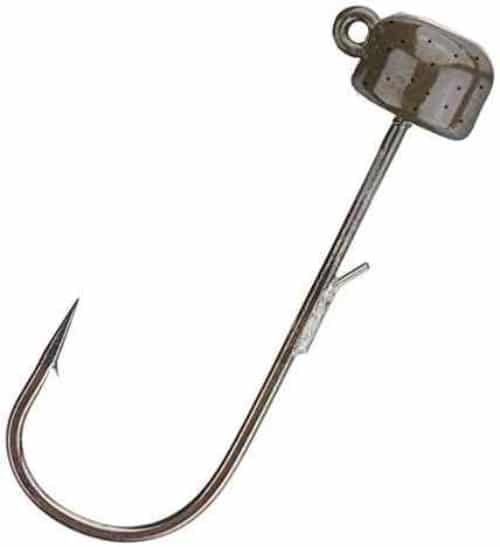
SAMDO LED Underwater Fishing Light (Lumens Fish Attracting Light for Night Fishing)
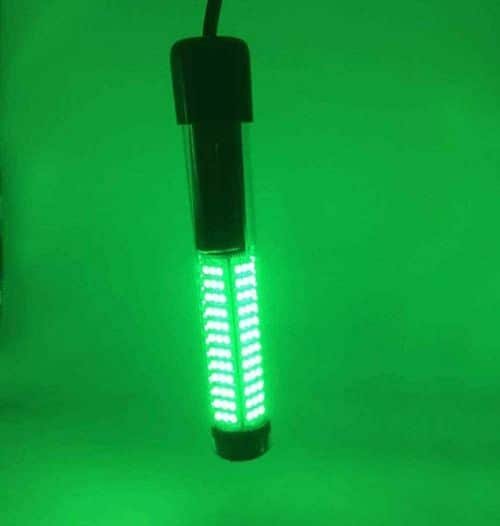
LED Bait Submersible Fishing Light (Underwater Lure Green Night)
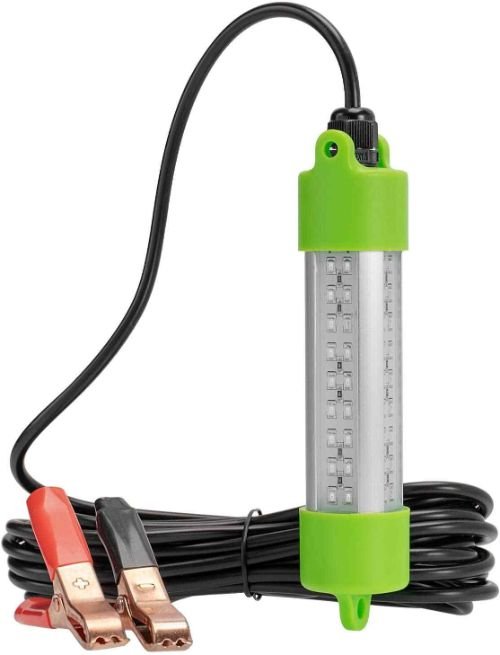
***Insect Repellent for Beach and Camping***
Sawyer Products Picaridin Ocean Sand Fleas & Insect Repellent
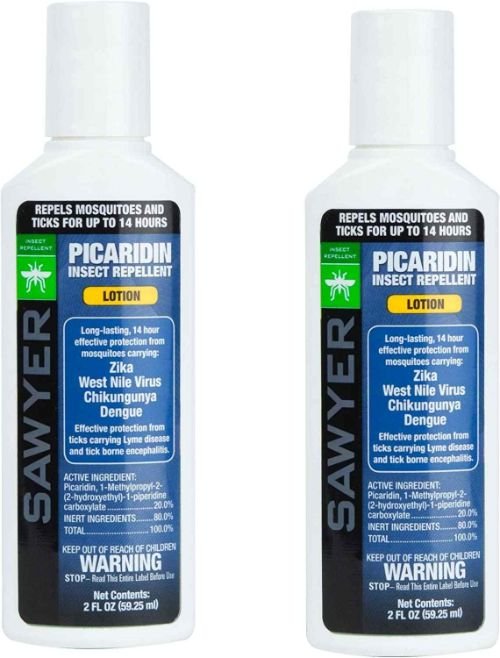
Gr Greenerways Organic 2-in-1 Natural Sunscreen Bug Repellent Lotion (3 Pack)
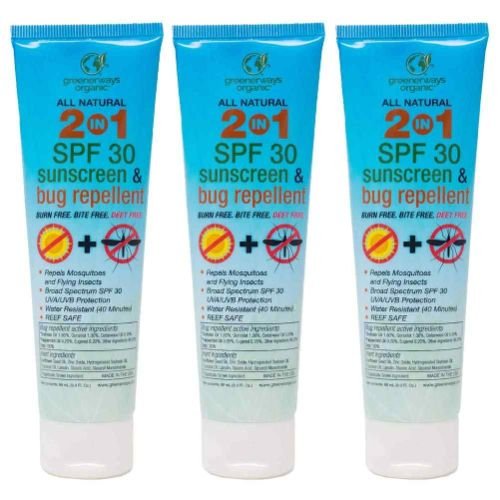
***Beach Canopy Tent Sun Shade***
Fltom Beach Tent (Anti UV Beach Canopy Tent for Fishing, Camping, and Hiking)
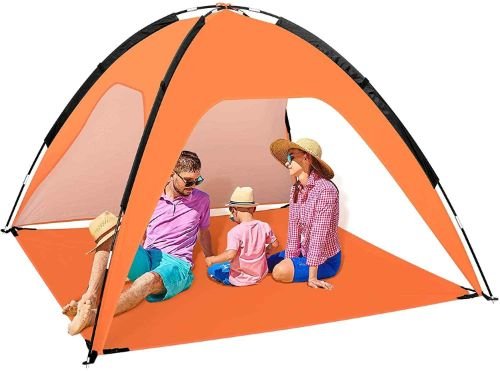
SUN NINJA Pop Up Beach Tent Sun Shelter (for Camping Trips, Fishing, Fun or Picnics)
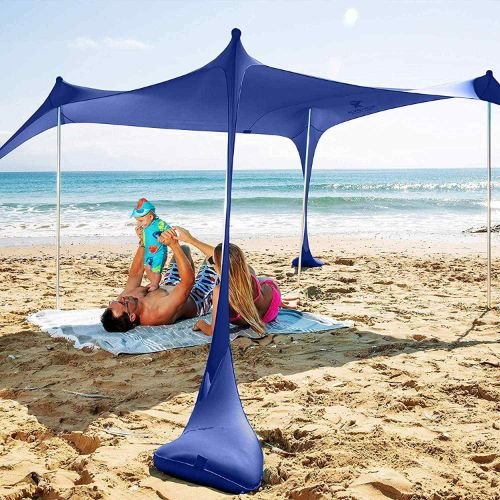
What Are Sand Fleas?
Sand Fleas are generally misused to describe biting or stinging insects that come out of the beach by travelers and people who visit beaches. Sand Fleas are different organisms to different people, especially people who do not know the difference.
Many insects look like Ocean sand flea. The most popular one is the sand fleas (Tunga Penetrans), or call it chigoes. They are arthropods from the family of Talitridae which can bite. None of these different sand fleas are the same.
But fleas In sand or Mole Crab are the types of pests that you can find in the coastal regions. Mole Crab lives in aquatic habitats and sometimes can be found in the desert regions. They are of the crustacean family that duels on the beach and don’t bite humans compared to other common fleas species found on cats and dogs in homes.
Mole Crabs are tiny critters that are well smaller in size than lobsters or crabs and can be found in moist areas such as beaches, debris, and rocks where they inhabit the Sand. When Sand Fleas contact human skin, they leave itches bumps that can be painful sometimes. After a beach event, those red colors on your skin can become scars if not treated promptly and adequately.
You will know all about the actual fleas In the sand of the crustaceans family found on the beaches across the United States and other sandy locations in coastal areas across the world.
What is another name for a sand flea?
Is sand fleas the same as sand hoppers? Sand fleas are also called sand hoppers, beach hoppers, or beach fleas. They are part of the over 60 terrestrial crustaceans order Amphipoda and the family of Talitridae. They are known for their hopping capabilities and ability.
Ocean Sand Fleas Reproduction and Life Cycle
The lifespan of Emerita (Sand Fleas) is between two to three years which is shorter than expected. Some species will reproduce in the first year. The reproductive season of sand fleas is usually between February and that of October every year.
Ocean Sand Fleas Egg Hatching Stages
Mating for Sand Fleas (Mole Crab) usually takes place in the early summer or late spring. When the male Mole Crab senses when the female is set to start laying eggs. They congregate in and around the female for days before the Fleas In Sand eggs were even laid. You may see the male Sand Fleas attaching themselves to the female.
A female can produce over a clutch of 45,000 sand fleas’ eggs monthly. The male deposits spam into the female, and the fertilized Sand Fleas eggs are laid. The eggs are carried on the abdomen until the hatching stage. Sand Fleas eggs will take approximately another month (30 days) to develop.
Sand Fleas Larvae
The sand fleas’ eggs start as a bright orange color while they turn dark brown as they are close to being hatched. They were planktonic (i.e., floating and drifting by water current) between 4 to 5 months as they went from one larval stage to another. They may be drifted along with the wind of water for a long distance for months.
The Fleas In Sand always return to the nearshore waters as soon as they approach the end of the larval stage. The settling of the sand fleas’ larvae is called the recruitment stage. The tiny baby sand fleas are called “recruits.”
The recruitment takes place all year round but also depends on the environment and the coaster locations. The largest recruitment occurs in the spring and the early summer, and the fall of most years. The beach flea is seen moving with tides of water via the current and waves of the sea.
Female Mole Crabs are known to stay lower in the water (intertidal zone) than the male and the recruit’s mole crabs. They form immense but asymmetrical aggregations along the shore of water to mate and avoid predators. The phenotype environment matches in Fleas In Sand to Camouflage to avoid predators.
The Sand fleas’ ability to change color to match different environments and backgrounds to keep out predators was well clarified by a study by Dr. Martin Stevens of the “Centre for Ecology and Conservation of the University of Exeter’s Penryn Campus.”
What Do Sand Fleas Look Like?
What do Fleas In Sand look like? They have a tight body shaped like an egg that made their height more than the width, which gives them quick movement like falling leaves in the ocean.
You can know what Sand Fleas Look Like with the five pairs of thoracic legs as a prominent identification feature of Sand Flea of the order of decapod (i.e., ten legs). Mole Crabs has a powerful exoskeleton that holds their appendages close to their body and aids their navigation of the tidal currents and waves of the sea and ocean.
Its antennae are fluffy that is used for filtration. Some species of Emerita rathbunae female are more significant than male, female ranges from 0.3 to 1.46 inches in length. Another way to identify and know what Sand Fleas look like is the lack of spines or claws. They use their two pair of antennae to collect oxygen and for the collection and gathering of food.
Most Fleas In Sand (amphipods) are great swimmers and jumpers because they are aided with three prominent abdominal appendages.
There are over 6,000 species of Sand Flea all over the world. They can be found in every rocky coastal region of every sea that is over 10,000 square meters. At the same time, there are over 8,000 species of crustaceans of the order of Decapoda that includes lobsters, hermit crabs, crabs, shrimp, and crayfish.
Mole crab (Beach flea) is usually mistaken for tiny shrimp. These are an essential part of the ecosystem, making them an excellent food source for many fishes, penguins, pinnipeds, small cetaceans, invertebrates, and shorebirds. They are also known to be a valuable scavenger of carrion.
What Do Baby Sand Fleas Look Like?
When to look for baby sand fleas in the ocean? Just as Sand Fleas eggs transform into larvae, reach the juvenile stage, turn into recruits, and become Baby Sand Fleas. The water current will wash them around March every year, especially in the United States beaches.
You can easily distinguish the baby sand fleas with their very tiny size and iridescent bodies. The size of baby sand fleas is about 0.25 inches long, and they are called recruits by the biologist.
The baby sand fleas will start to form a colony towards late March and the early April of every year. The settlements are included in the swash zone of the sea. Visitors to the beaches across the U.S. will have the opportunity to spot the baby sand fleas as they ride the ocean current along the incoming ocean waves.
What Baby Sand Fleas Look Like in Ocean (Video)
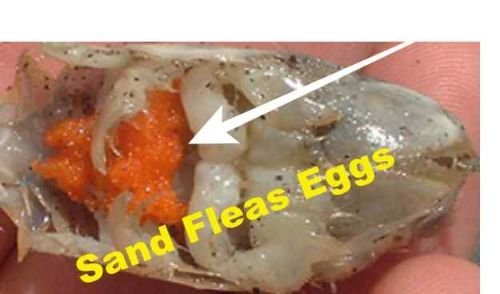
What Do Sand Flea Eggs Look Like?
Sand Flea Eggs looks like a bright orange color to a dull yellow at the initial stage. When the Sand Flea Eggs is close to the hatching period, their eggs look dark brown. The maturity of the eggs dictates the look of the eggs at every stage of development.
The orange eggs of Sand flea are located under the telson on the underside of the female sand fleas. If a female is carrying eggs, the pleopods holding the eggs will not be visible, but if a female is not carrying any eggs, the pleopods will be visible instantly.
What Is Sand Flea Size?
Fleas In Sand (or Emerita) are very tiny with a body length between 0.04 to 5.5 inches with different body colors of pink, red, yellow, blue, or green. A female Sand Flea can be as long as 2 inches, while the male can be 3/4 inches.
They often resemble the color of the Sand of the beaches where they inhabit. It is referred to as Phenotype environment matching according to scientific research about Sand Flea Habitat.
What Color of Ocean Sand Fleas?
Sand Flea Colors have different colorations. Their color depends on their coaster location and regions. In most cases, they blend with the beach’s Sand that is hosting them. The color of sand fleas on Florida beach is different from that of the Mole Crabs on Parris Island beach.
The same applies to different beach locations where there is the likelihood of finding sand fleas in the United States, and many beaches around the world, such as California Beach Sand Flea, Parris Island Beach Fleas In Sand, New Jersey Beach Sand Fleas, Southern California Beach Sand Fleas, Michigan, Beach Sand Fleas, Texas Beach Sand Fleas, Hawaii Beach Sand Fleas, etc.,
It is observed that baby sand fleas are a bit darker than adult ones. The baby sand fleas’ color ranges from tan to black, with some looking dark brown.
The adult sand fleas are mostly lighter in color, with the darkest species appearing to have a darker and tan color, while other adult mole crabs are beige, white, and translucent in color. The coloration tends to help them Camouflage and avoid predators.
Characteristic of Ocean Sand Fleas
Mole Crabs, or Fleas In Sand, have five legs, mainly swimming and paddling against the water current. They also use their legs to dig and navigate the soft Sand.
One unique characteristic of Mole Crabs is their ability to travel backward. They do this to move from wet Sand back to the deep water. You will not see mole crabs move if you put them on the bare, dry floor because they have the needed claws, a feature of other crabs’ species.
Fleas In Sand do their breathing via gills, and through the oxygenated water, they will survive out of water for a few days. It all depends on the temperature of the region and location.
Sand Fleas have a unique feature called “digger.” It is the sandfleas Telson that is very important for purpose and is used for the following:
- It is used for digging (the reason why it is called a digger)
- Used for anchoring the Fleas In Sand in the Sand
- For the protection of sandfleas, eggs and the
Sand Fleas Feeding Habits
What does a sand flea eat? Sand Fleas mainly feed on tiny organic debris such as seaweed, detritus, and plankton in water as it washes past through the current of water. Both detritus and plankton are particulate organic materials that are suspended and drift with the currents in the ocean of water. They are usually considered dead but are both full of microscopic life.
Sandfleas (mole crabs) use their feathery antennae to filter detritus, plankton, and other tiny organisms in water as it passes through the water current in the ocean. It then gives into the mouth in the process. The up and down movement of mole crabs as the tide rises and falls ensures that they get maximum food to eat all the time and year-round.
Mole Crabs are also known to feed on toxic armed tentacles (i.e., the jellyfish with stings that is very painful to human). Sometimes this poisonous substance does kill Fleas In Sand predators that include: fish, water birds, and shorebirds, etc.,
Sand Flea Crustacean Facts
Raw Fleas In Sand Crustacean Facts
Kingdom: Animalia
Subkingdom: Bilateria
Infrakingdom: Protostomia
Phylum: Arthropoda
Subphylum: Crustacea
Superphylum: Ecdysozoa
Family: Hippidae
Superfamily: Hippoidea
Class: Malacostraca
Subclass: Eumalacostraca
Order: Decapoda
Infraorder: Anomura
Superorder: Eucarida
Suborder: Eucarida
Genus: Emerita
Below are other Sand Flea Crustacean Facts:
SandFleas Is A Carrier Of Phylum Acanthocephala Parasite
Sand fleas (Mole crabs) are host to some parasitic worm in Phylum Acanthocephala, because they are prey for birds, fishes, mammals, and other endangered species in seawater. When birds and other sea otters eat infected Mole Crabs, they also get infected.
Fleas In Sand Can Swim Backward
Fleas In Sand can swim and burrow backward with their back legs in water and Sand respectfully when in danger, a behavior that is unusual for any crustaceans.
Sand Fleas Hatch Over 45,000 Eggs Monthly
Sand Fleas females can produce between 50 to over 45,000 eggs monthly in spring and summer, and the female sand fleas will carry and protect her eggs using her abdomen until they are hatched.
Actual Sand Fleas Do Not Bite
Pictures of Ocean Sand Fleas
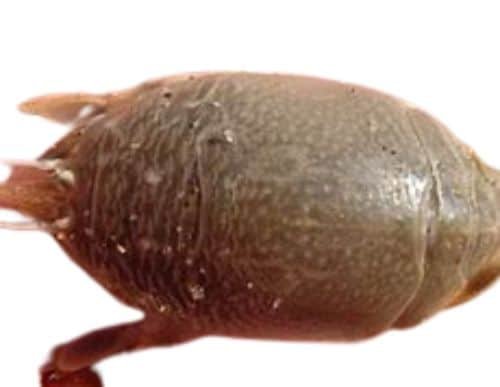
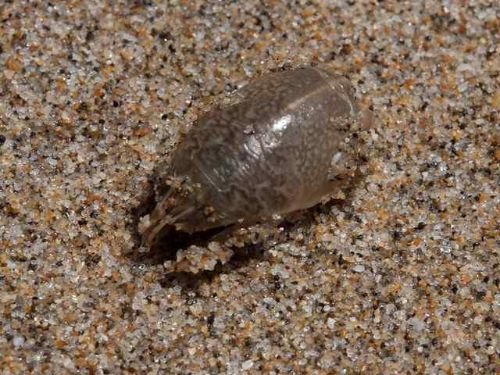
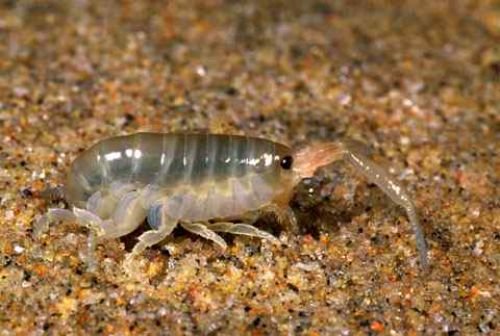
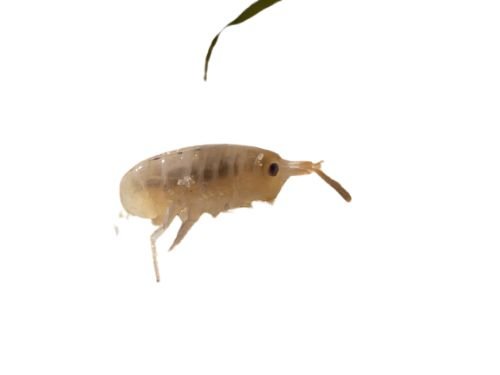
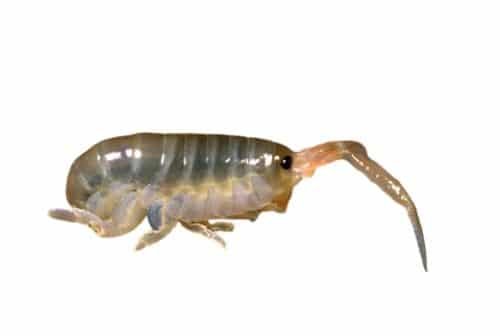
Where Do Sand Fleas Live?
Where do Sand Fleas live? Sand Fleas lived and bred on sandy beaches. The name of these crustaceans is an indication of where it lives. They are buried under the surface of the Sand on beaches with high current marks.
They live in sands in Ocean that shift continuously and unstop; this makes them very active during the night when they are out to seek food, while they stay buried in the Sand during the day to avoid predators.
Mole crabs or Fleas In Sand can be found in significant beaches across Alaska, Mexico, South America, and most North American beaches like Hawaii Beach, Texas Beach, Michigan Beach, Southern California Beach, Parris Island Beach, New Jersey Beach, and California Beach Sand Flea, etc.,
Sand Flea cannot walk and will not bite or sting humans. They have a limb that is great for swimming and burrowing sea and ocean sands.
What Are SandFleas and Where Can They Be Found?
Where Do Sand Fleas (Mole Crabs) Live? The Mole Crabs are distributed in tropical and sub-tropical areas across the world, and they live in a surf zone where the wave and current of the ocean/sea die as they swim up and slide back into the beach face. You can also see them burrowing in the Sand above the ocean current and the impact zone.
You can also find Fleas In Sand in their colonies on most sandy beaches and Ocean because they love damp and marine environments across most coaster regions. They have been reported to be seen in marshy areas and deserts in a few cases.
You can spot the colonies of sand fleas (mole crabs) as soon as the wave of the ocean/sea is just pulling back.
Sand Fleas Location In U.S. Beaches
Most beaches along the Atlantic coast and America’s Pacific are identified to nurture sand beaches that are well recognized with their names such as:
- California Beach Sand Flea
- Parris Island Beach
- New Jersey Beach
- Southern California Beach
- Michigan Beach
- Texas Beach
- Hawaii Beach
Where Do Sand Fleas Go in The Winter?
But where do Mole Crabs transport to in the winter? It is general knowledge that sand fleas are everywhere and in their colonies from spring to fall. But where do they go to in winter?
Sand Fleas goes out to dig and burrow in the deep sandy waters to seek shelter (hibernate) to hide from the sun and predators during the winter. The sand fleas burrow can be as deep as four feet and can be seen a distance away from the edge of the ocean.
Also, storms play a significant role in where Sand Fleas go in the winter. The ocean current will carry them offshore along with the Sand and into the sandbars; they always get transported back onshore with the Sand in the spring.
What Are Sand Fleas Used For?
What is the purpose of SandFleas (Mole Crabs)? Sand Fleas, also known as Emerita (genus), are used for many things in science and locally. Below are the everyday use of SandFleas (mole crabs) in our daily use.
Ocean Sand Fleas Is Used for Measuring the Level of Toxin In Water.
The most area that gets contaminated with the new marine toxin is the ocean and sea sand. The poison is produced by marine diatoms, which is a member of the genus Pseudo-nitzschia. Since Mole Crabs live in sea sand, scientists have devised a means to measure the domoic acid level in Sand Fleas.
The rate of toxins in sand fleas is used to determine and measure the volume of domoic acid toxin in the Ocean and Sea. It has helped to discover the amount of toxin in the water of the West Coast of the U.S.
Domoic acid is a potent naturally occurring toxin produced by microscopic algae that cause amnesic poisoning in animals and humans. Sandfleas is known to ingest the poison that goes up in the food chain. The level of toxin in sand crabs will always indicate the amount of toxin in the water.
Scientific research is ongoing to develop a protocol that determines the level of domoic acid in sand fleas to know the toxin status in the water.
This discovery is essential because domoic acid has been discovered to have killed over 100 people via transitory and permanent illness.
Sand Fleas Is Used for Neurological Studies
Another essential key thing Sand Fleas are used for is the study and scientific research of neurological studies. Scientists are leveraging on the large sensory neurons in the tails of sand fleas that are unknown to any animal yet.
Sand Fleas Make a Great Bait
Mole crabs are edible to many animals and fishes in the sea and ocean. Hence, Fleas in the sand are widely used for bait while fishing.
Mole Crabs are a great bait to catch the following fish in water and the ocean. What you can see with sand fleas (mole crabs) includes the following: black drum, flounder, sheepshead, red drum, croakers, sea mullet, pompano, etc.,
You don’t need a lot of effort to catch them from beaches and start using them as bait. You don’t even need a rake; all you need is your hand and bucket lid.
Ocean Sand Fleas Are Used As Snacks (Eating as Food)
Sand Crabs are great snacks in some countries as part of India and Thailand. They are prepared by frying in a deep pan. They describe the taste to be like eating shrimp and crabs.
There are different ways to eat mole crabs. Sandfleas are deep-fried in Southeast Asia and dipped in honey. Sand fleas are referred to as Tatui in Brazil, where they like to be fried in butter. It depends on your location and the region of the world you are in.
Video of How to Catch and Eat Ocean Sand Fleas
Are There Beaches Without Sand Fleas?
Do all beaches have sand fleas? Do you know of any beaches in the US without sand fleas? These crustaceans are on every coastal area (ocean/sea), sandy beaches, marshes, and desert areas of Africa are the United States and Atlantic coast.
But, can sand fleas live away from the beach? The beaches in Americans do not have the sand fleas (i.e., Tunga penetrans) that cause trouble for people.
Therefore if you mistakenly bring home the actual sandfleas (beach flea/mole crabs), they will travel home with you but will not bite or hurt your pets (dog or cat) in any way.
Do all beaches have sandfleas (sand crabs)? They are mainly on every known beach in the U.S. states and are very common worldwide. But most beaches are used to raking them off the beaches before you even get to spread yourself on the beach to start to have fun.
Mole Crabs are great prey to fish and birds, hence used heavily for bait by fishermen on the Pacific coast for catching fish.
Conclusion: What Do Sand Fleas Look Like?
What do you think about my top fascinating discovery about Sandfleas? You know everything about the Sand fleas crustaceans with different names: sandfleas, sand fleas, fleas in the Sand, a beach flea, and mole crab.
But, what do Ocean Sand Fleas look like, exactly? Sandfleas are very tiny creatures with a body shape like that of a barrel. The females are between 0.31 to 1.46 inches with large sizes compared to the males in species like Emerita. Sandfleas use their feathery antennae to filter and feed in the ocean. They feed majorly on detritus and plankton from the turbulent layer of water.
What do you think of the harmless crustacean Sand fleas (Mole Crabs) different from Tunga penetrans, another species of Sand Flea with the famous names chigoe flea, nigua, and jigger flea?
Video of Where Ocean Sand Fleas (SandFleas) Live